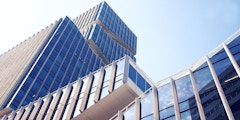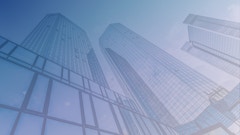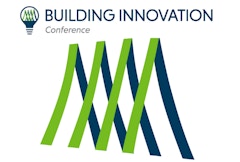
746 results
-

-

FTI LA-hub: DTLA Facades Walk
Calling all local facade geeks and urban architecture fans! It'll be a short walk, a matter of just a few blocks, but it affords the opportunity to view and discuss 6 buildings of considerable historical and architectural interest.
Forum by Facade Tectonics Institute, Inc.
-

-

-

-

Event Passed
FTI Forward: Student forum on facades carbon 2025
Our upcoming FTI Student Forum explores the intersection of Facades, Carbon, and Circularity. In a fast paced spitfire format, architecture students present their recent work and research.
Forum by Facade Tectonics Institute, Inc.
-

-

-

Call for Peer Reviewers: Help Shape the 2026 FTI World Congress
- Announcement
We invite FTI Members, past Peer Reviewers, and Friends of FTI to serve as peer reviewers for the 2026 World Congress. Your expertise is essential in ensuring that the research presented maintains the highest standards of quality, relevance, and rigor.
-

Event Passed
–2025 FENBC Region Summit
- Clearwater Beach, United States
Industry Event by Fenestration & Glazing Industry Alliance
-

-

BM Windows Joint Stock Company
- Organization
BM Windows is a leading façade specialist in Vietnam, delivering advanced aluminum and glass solutions for high-performance buildings.
-

Event Passed
DIA-LOGUE: Theory and Practice, a two-way bridge symposium
- Clemson, United States
Industry Event by Design and the Built Environment (DBE) PhD Program
-

-

-

-

-

-

-
